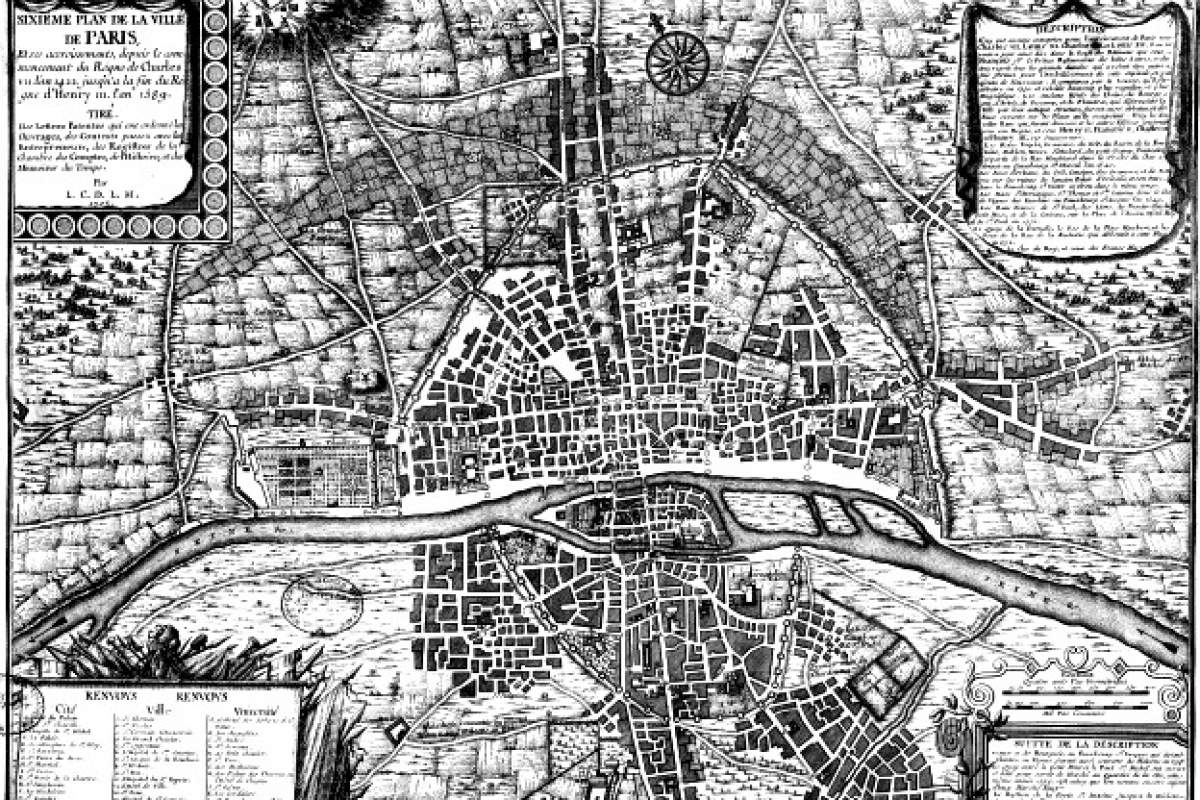
Time capsule for this episode: Père Lachaise Cemetery
Charles V, Holy Roman Emperor, is believed to have said: "Paris is not a city, but a universe."
Saint-Denis
Located in a northern suburb of Paris, the commune of Saint-Denis is home to a basilica and royal necropolis that has stood since the 7th century. Dagobert I of the Franks called for the construction of a grand cathedral on a site that had been used as a burial place in late Roman times. Further construction occurred throughout the 12th and 13th centuries, making the Cathedral Basilica of Saint Denis one of the first Gothic structures.
The remains of Saint Denis are said to be housed within the Basilica, beneath its high altar. This legend made the basilica a major pilgrimage site through the 10th century and beyond. Saint Denis was also used as a burial site for French kings until the 18th century. The remains of Louis XIV are housed there, along with those of Pepin "The Younger" and Robert the Pious.
In service to generations of French monarchs were generations of French musicians. Pierre de la Croix, who composed a royal monophonic office for the royal chapel at Saint-Denis, is believed to have studied at the University of Paris near the turn of the 14th century. Centuries later, Jean Mouton is said to have written music for Francis I in his diplomatic meeting with Henry VIII at the Field of the Cloth of Gold.
Paris Opera
In 1669, Louis XIV responded to a longstanding movement to synthesize French language and French music. The Académie d'Opéra, or the Paris Opera, was to serve as both academy and public theater.
The first opera performed at the Académie opened in 1671. Pomone, with a libretto by Pierre Perrin and music by Robert Cambert ran for 146 performances. A year later, rights to perform were granted to Jean-Baptiste Lully, to the disadvantage of other composers. Lully enjoyed a virtual monopoly over performances at the Académie. Aside from three weeks at Easter, audiences could hear opera by Lully all year round.
Through Lully's collaboration with Pierre Beauchamp, ballet enjoyed increasing prestige. Ballet was then considered a mere extension of opera; however, Beauchamp and Lully gave dance an integral role in numerous productions, and along with the resident dance company's rise in fame came the name Paris Opera Ballet.
After his death, Lully's work was taken over by composers such as Pascale Collasse, André Campra, and Marin Marais. Operas were premiered with greater frequency, though later composers found it difficult to match the initial success of Lully.
Notre Dame Cathedral
Since the start of its construction in the 12th century, Notre Dame Cathedral has stood as a beacon to the imagination. Parallel organum, free organum, and polyphonic conductus are the products of singers in connection with this French gothic cathedral. Many consider these early genres revolutionary musical advancements that led to the development of the motet and later polyphonic compositions.
The school of singing that developed around Léonin and Pérotin helped broaden polyphonic music through an extensive use of rhythmic pattern and various combinations of voices. Works of plainchant were adorned with up to as many as three added melodies. Troping, the practice of combining new material with old, encouraged the composition of conductus and motets with new texts.
Featured release: Conductus, Vol. 1: Music and Poetry from 13th century France
In our featured release, tenors Rogers Covey-Crump, Christopher O'Gorman, and John Potter delve into the world of the conductus, exploring a vast collection of monophonic and polyphonic works from the time of Pérotin.
Some say the conductus was eclipsed by other medieval musical forms like organum and motet. However, models of the genre survive by the hundreds, and the repertoire was cultivated throughout Europe. Manuscripts containing conductus have been found as far as Scotland and Poland.
Here's the anonymous conductus, Relegentur ab area.
The works on this featured recording contain traces of medieval improvisational technique developed by those in connection with Notre Dame Cathedral. Singers from the 12th century paired new melodies with texts on subjects both sacred and satirical. Qui servare puberem, for example, addresses the dangers of prostitution. The conductus warns that succumbing to such temptation is tantamount to death.









